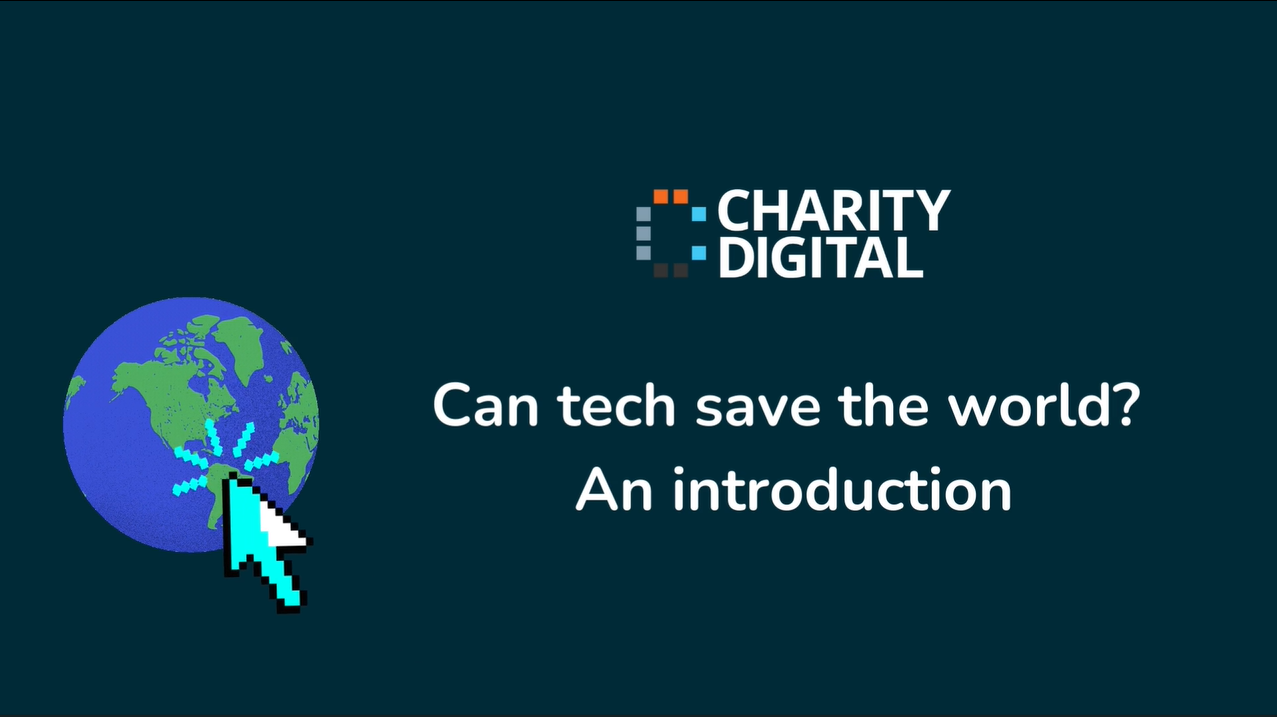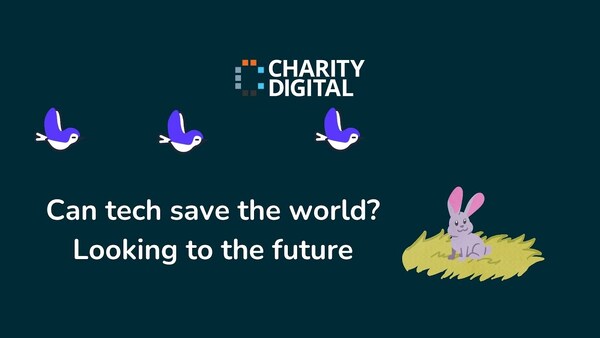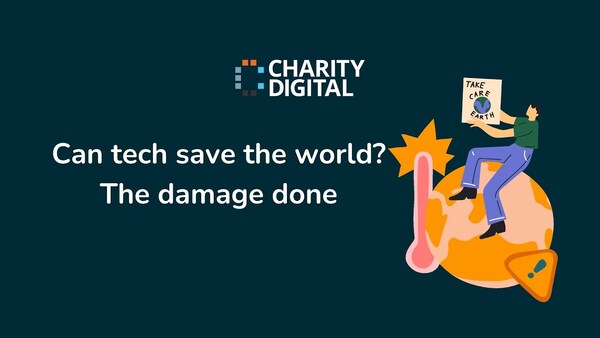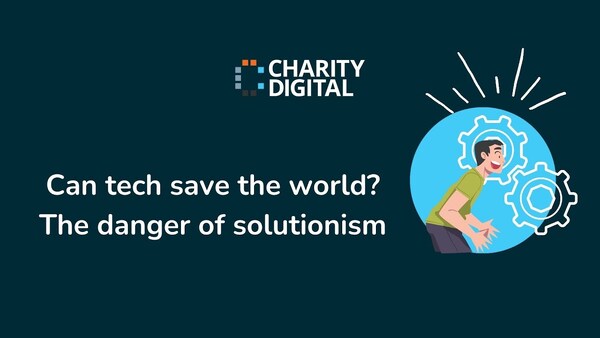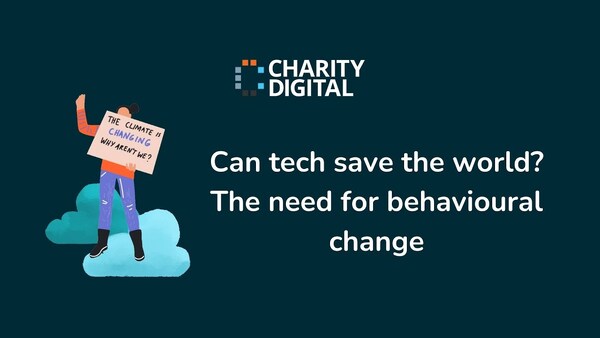Insights
INSIGHTS
All Topics
How to manage AI’s carbon footprint
We look at how your charity can help reduce the carbon emissions generated by using AI tools
According to the Charity Digital Skills Report 2023 around a quarter of charities are using artificial intelligence (AI) in everyday operations. Generative AI and AI-enhanced processes are part of the charity sector’s business as usual. You may not USE Chat GPT as your Virtual Assistant, but you’ve probably noticed that many of the tools you use anyway now have an AI component.
However, there are reasons to be cautious. Research has shown that the results from generative AI tools – both text and image-based – can be biased and sometimes just plain wrong. For example, the National Eating Disorders Association had to withdraw their AI-powered chatbot advice service after it began offering users advice on how to lose weight. Ensuring human oversight of anything produced by AI is vital.
Some AI risks are less obvious. Generative AI tools use Large Language Models (LLMs) to operate. These require a huge amount of computing power to process the data they are trained on and for the process of inference – generating answers to prompts based on the new data and their training. These operations have a carbon cost.
Microsoft explains that AI generates carbon emissions in two ways: embodied carbon emissions and operational carbon emissions. Developing and training AI tools requires some pretty high-end hardware. The supply chain and manufacturing process to produce the specialist chips used produces C02: embodied carbon emissions. Once the tools have been built and trained, the processing power required to query the model with new data, inferring possible patterns and answers from training takes even more power: operational carbon emissions.
Could AI find answers to its own environmental issues?
Is technology the villain and the hero in this story? Possibly. Google is already using AI to optimise the energy use in its own data centres and AI can be used to regulate the flow of electricity into variable systems, reducing carbon emissions.
These advances are brilliant, but the problem is growing. Currently AI is using 1% of the world’s electricity, but this could increase fourfold by 2028.
It’s possible that AI could still play a role in changing these stats. For example, data centres powering AI currently account for 2.5-3.7% of all carbon emissions but around 40% of this energy goes on keeping the servers cool. Perhaps AI will also help find solutions to this issue, drastically reducing the impact of AI on the environment.
What can charities do to reduce AI carbon emissions?
Charities can include the environmental impact of AI in discussions about how to incorporate AI tools into their business as usual.
Check out AI data centres
Choosing suppliers that embrace sustainability as part of their business model is an important part of becoming a greener organisation. Choosing data centres that have a roadmap for sustainability will help to reduce your charity’s AI carbon footprint.
Look out for low emission building materials, e-waste recycling, sustainable landscaping, and use of alternative energy sources, for example.
Recommendations for AI use
When you’re forming a policy around AI use, think about when using an AI tool adds significant value to what you’re doing. For example, an AI enhanced search can increase computing power and energy use by up to five times per search – would a standard search have been just as effective?
How much AI is too much AI?
When you’re testing the use of AI, ask staff to record how they use it. For example, if generative AI is helpful in creating the first draft of a funding application, work out what percentage of the total process involves AI – 10%, 20% etc. After you’ve tested using AI in the same process a few times, you can establish an acceptable use percentage as a guideline for staff.
Which AI tools should you use?
Not all generative AI tools are trained on data that is specialist enough to help with some of the specific issues charities face. Look for tools that use sector-specific knowledge banks that the tool can draw on. For example, tools like DonorSearchAI and Dataro have been designed specifically to analyse and predict donor behaviour. Analysing a spreadsheet using GPT-4 may not generate the same results but increase your carbon footprint by the same amount.
Carbon compensation
Think about your environmental impact in the round. Are there other areas where you can decrease your energy use and the associated carbon emissions? For example, you could invest in green technologies from lightbulbs, to refurbished devices or test how green your website is by using a website carbon calculator.
The age of AI offers opportunities for charities to improve and enhance day-to-day operations, but the risk posed to the climate is significant. Embedding green thinking into your generative AI testing and policymaking will help balance your goals for sustainability and innovation.
Helen Olszowska
More on this topic
Recommended Products
Recommended Products
Featured Products
Related Videos
Our Events
Charity Digital Academy
Our courses aim, in just three hours, to enhance soft skills and hard skills, boost your knowledge of finance and artificial intelligence, and supercharge your digital capabilities. Check out some of the incredible options by clicking here.







